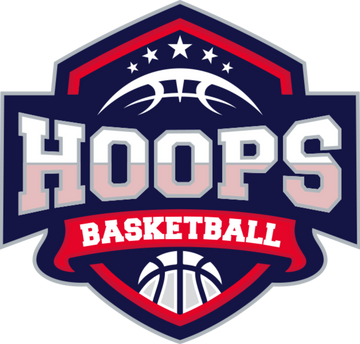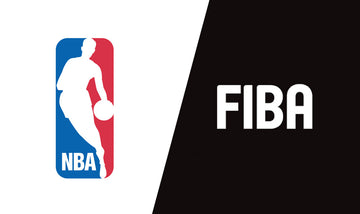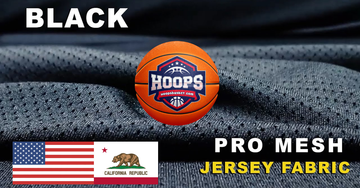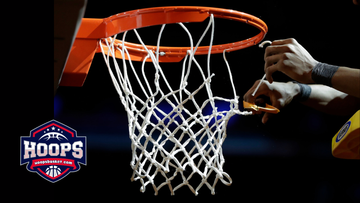Basketball is one of the world’s most popular sports and always draws people’s attention when it appears at major sports events like the ongoing 2018 Asian Games and the coming 2019 FIBA World Cup, not mention the NBA. However, the rules of basketball can be so different between games played in NBA and games following FIBA’s standard, that even top players get confused.

In foul-calling, there are four major differences:
First, a player will only be ejected after committing a sixth personal foul in NBA. Under FIBA rules, the number is five, requiring all players to be way more cautious when they are on the court.
Second, the five fouls in FIBA games include technical fouls. That is not the case in NBA where technical fouls are counted independently and it takes two for a player to be taken out of the court.
Third, according to FIBA rules, only multiple fouls committed in the last two minutes of the fourth quarter and the time after that will lead to free throws. In NBA, in the last two minutes of every quarter, committing multiple fouls will send your rival to the free throw line.
Fourth, after five team fouls, every newly committed foul will give the rival team two free throws in NBA, which is also known as “bonus” time. By comparison, the bonus time in FIBA games start after four fouls.

One of the main reasons of the above differences in rules between NBA and FIBA is that the two sides focus on different aspects of the game. With so many monster-level players in the league, NBA attaches more importance to making the game more enjoyable while FIBA pays more attention to equality and fairness.
The biggest impact of rule differences is on Team USA because their players follow NBA rules for most of their careers but have to learn how to play under different rules at the international tournaments. That can cause problems.
For example, at the semi-finals against Lithuania at the 2014 FIBA World Cup, Team USA’s Anthony Davis and DeMarcus Cousins were both ejected in the fourth quarter. After the game, Davis said he was not sure why some of his movements were called fouls.

The main FIBA, NBA and NCAA rule differences are summarised in the following table:
|
Rule |
FIBA |
NBA |
NCAA |
|
Playing time |
4x10 minutes |
4x12 minutes |
2x20 minutes |
|
Shot clock |
24 seconds |
24 seconds |
Men: 35 seconds |
|
3-point line |
6.75m (6.60 on baseline) |
7.24m (6.70m on baseline) |
Men: 6.25m |
|
Time-outs |
2 in first half |
6 regular |
4 regular |
|
Jump ball and alternating possession |
Jump ball to star game |
Jump ball to star game |
Jump ball to star game |
|
Individual foul |
Foul out on 5 (personal and technical) |
Foul out on 6 or 2 technical |
Foul out on 5 (personal and technical) |
|
Team fouls and bonus free-throws |
2 free-throws awarded for each (non-shooting) foul after the 4th period (includes player technical fouls) |
2 free-throws awarded for each foul after the 4th team foul or last two minutes of each quarter, whichever comes first |
1 free throw, plus another if the first is successful is awarded on the 7th, 8th and 9th foul of each half; the penalty is increased to two shots on the 10th and subsequent fouls; overtime is an extension of the second half. |
|
Technical foul |
1 free throw and possession of the ball at centre |
1 free throw per technical foul; play resumes at the point of interruption; foul is charged to individual in question (and automatic fine assessed) |
2 free throws, play resumes at point of interruption |
|
Goaltending/basket interference |
No blocking a ball in downward flight towards the rim. |
No blocking a ball in downward flight towards the rim. |
No blocking a ball in downward flight towards the rim. |
|
Zone defense |
Legal |
Legal but… |
Legal |
|
Player numbers |
00, 0, 1-99 |
Any one or two digit number |
00 (or 0), 1-5, 10-15, 20-25, 30-35, 40-45, 50-55 |





